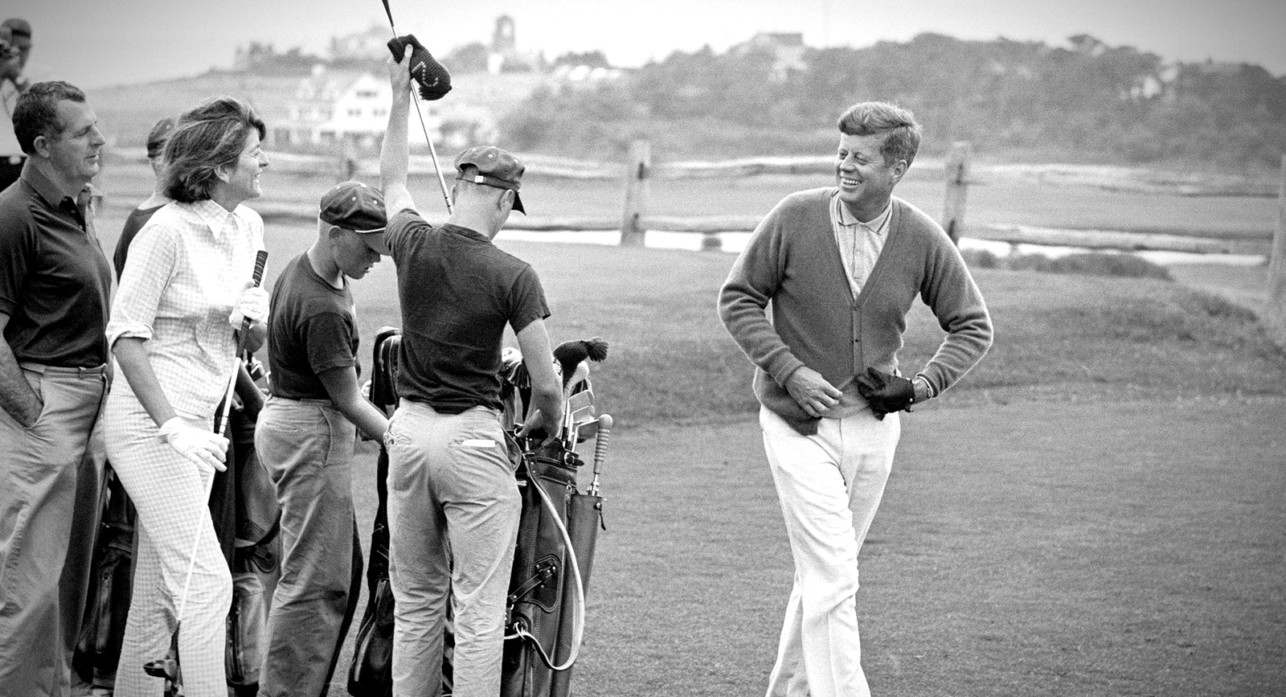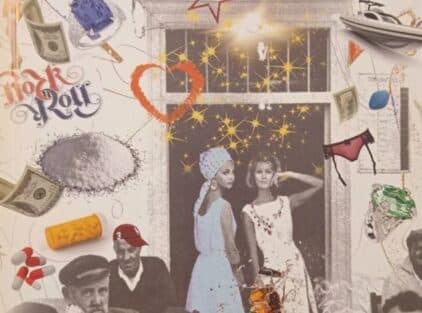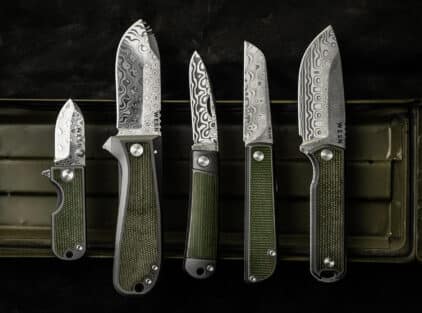It is probably one of the most famous and timeless shoes that a man can wear. For casual or formal appearances, winter and summer, the loafer is the must-have shoe for any men’s wardrobe. But how did its story begin? Who were the ones who played an important role in its evolution?
Its “birth” is credited to the London shoemaker Wildsmith, who, at the request of King George VI for a custom shoe that could be worn comfortably in the countryside, built the first loafer in 1926. This, in turn, increased the demand for the creation of corresponding shoes for the whole good society of London and inspired other shoemakers of the time. At the same time in Norway, Nils Gregoriusson Tveranger, who studied footwear in the US, decided to create a similar shoe. Inspired by the shoes of the Native Americans and the traditional moccasins worn by hunters, fishermen, and farmers in his native Aurland, the “Aurland Moccasin” emerged. It quickly became so popular in Europe in the 1930s that American tourists in Europe considered it a souvenir that they should bring back home.
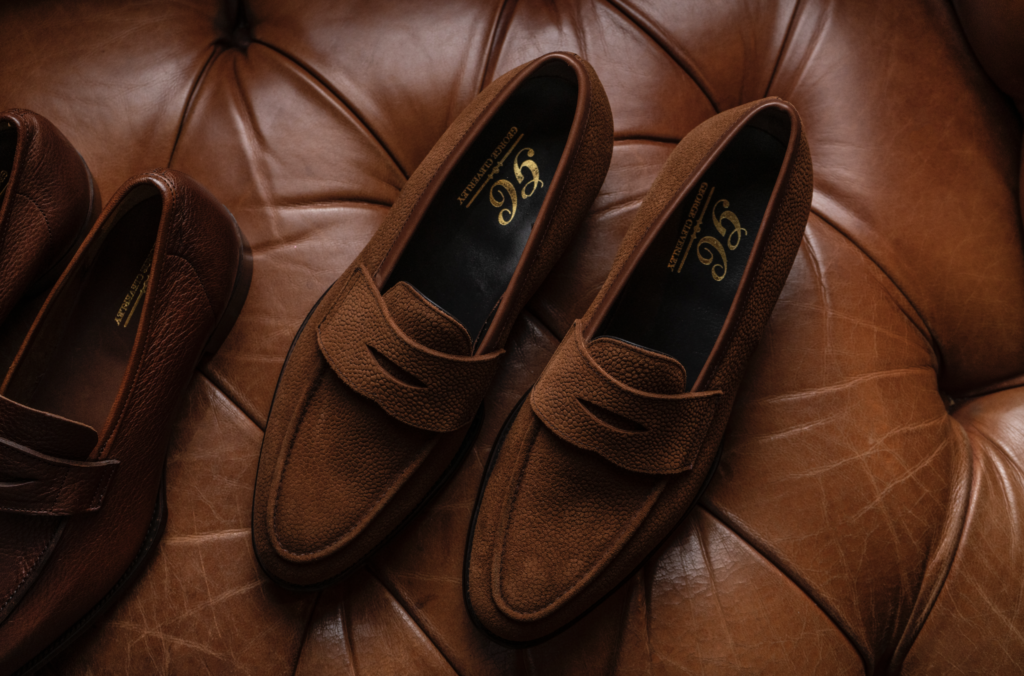
The influence of Aldo Gucci
Starring slowly in the men’s magazines of the time, the presentation of the loafer by Gucci with the buckle proved to be a gamechanger. Aldo Gucci, the son of the company’s founder, who had taken the lead in expanding the family business in the United States, observed the popularity of loafers in America and considered creating a more elegant and luxurious version of them that could be worn with both bespoke suits and more casual clothes. And his choice was crowned with great success. At first, they wore a lot from the jet-set of the ’70s, but they were also considered appropriate enough for the then CIA chief George HW Bush to wear them to the meetings with President Ford in the White House. For the next decade, they will dominate everywhere, from the sleek gentlemen of Wall Street to the yolks of the City of London.
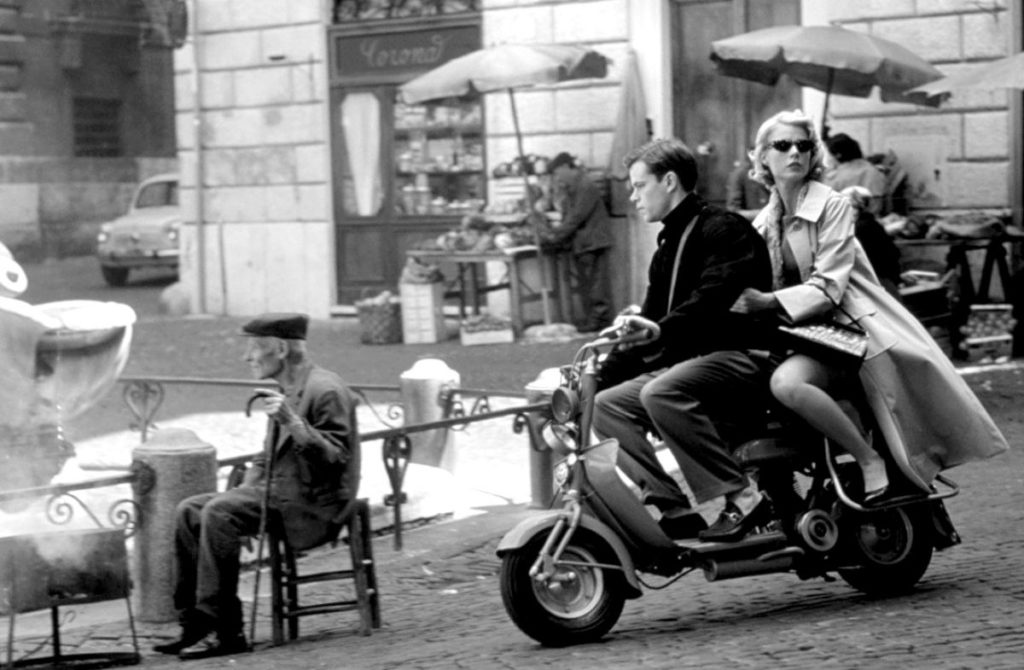
As journalist G. Bruce Boyer wrote, the Gucci loafer “was the first shoe that bridged the gap between casual and business clothing and could be worn anywhere, from meeting rooms to clubs in the countryside.” He continues: “There is no doubt that this now legendary shoe deserves its fame because it revolutionized casual footwear, and that is why a slipper Gucci is in the costume collection of the Metropolitan Museum of Art in New York.”
Diego Della Valle & Tod’s
At that time, another Italian shoemaker, Diego Della Valle, decided to present his version. Noting that, unlike Italy where people are well dressed in chic suits and ties even on the weekends, things in America are completely different, with the weekend being considered a “ritual” and men trying to be as relaxed as possible. But several times the result is a failure. So he thought: “why not create a shoe that will be comfortable and will be combined with a more relaxed outfit but at the same time will be classy and chic?” Giving his company the name JP Tod’s, his first pair also known as “gommino” quickly dominated the market, while many did not hesitate to compare it with a pair of gloves – thin, comfortable, soft, and useful and you can wear it daily. Winning the domestic market, Della Valle showed Italians that it was possible to combine casual with formal, with aesthetics and sprezzatura.

Diego Della Valle.





